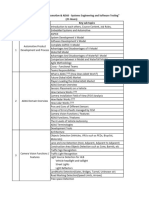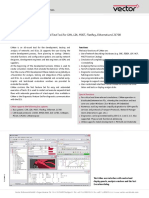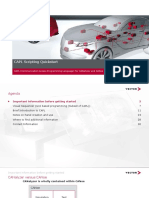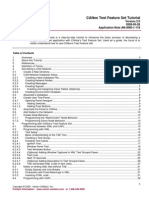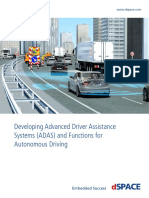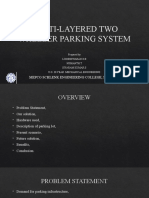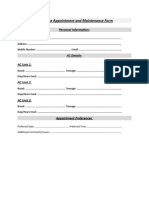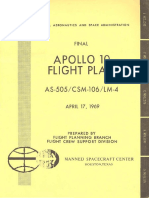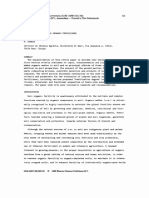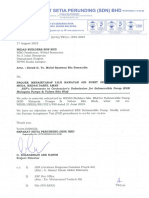0% found this document useful (0 votes)
2K views10 pagesDSPACE Hardware in The Loop (HiL) Testing
Understanding DSPACE HIL
Uploaded by
Jaya Teja ChintaCopyright
© © All Rights Reserved
We take content rights seriously. If you suspect this is your content, claim it here.
Available Formats
Download as PDF, TXT or read online on Scribd
0% found this document useful (0 votes)
2K views10 pagesDSPACE Hardware in The Loop (HiL) Testing
Understanding DSPACE HIL
Uploaded by
Jaya Teja ChintaCopyright
© © All Rights Reserved
We take content rights seriously. If you suspect this is your content, claim it here.
Available Formats
Download as PDF, TXT or read online on Scribd
/ 10
